Refer to the exhibit.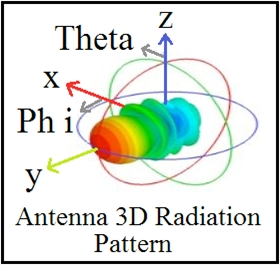
Which type of antenna does the radiation pattern represent?
D
Reference:
https://www.cisco.com/c/en/us/products/collateral/wireless/aironet-antennas-accessories/prod_white_paper0900aecd806a1a3e.html
Wireless users report frequent disconnections from the wireless network. While troubleshooting, a network engineer finds that after the user is disconnected, the connection re-establishes automatically without any input required. The engineer also notices these message logs:
AP 'AP2' is down. Reason: Radio channel set. 6:54:04 PM
AP 'AP4' is down. Reason: Radio channel set. 6:44:49 PM
AP 'AP7' is down. Reason: Radio channel set. 6:34:32 PM
Which action reduces the user impact?
D
Refer to the exhibit.
The inside and outside interfaces in the NAT configuration of this device have been correctly identified.
What is the effect of this configuration?
D
DRAG DROP -
Drag and drop the descriptions from the left onto the routing protocol they describe on the right.
Select and Place: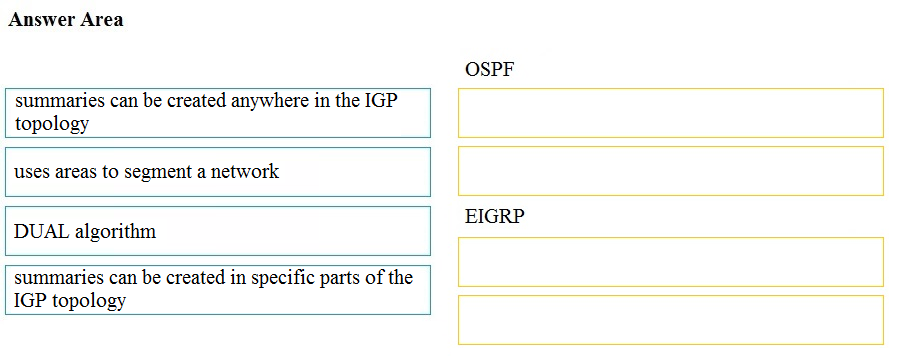
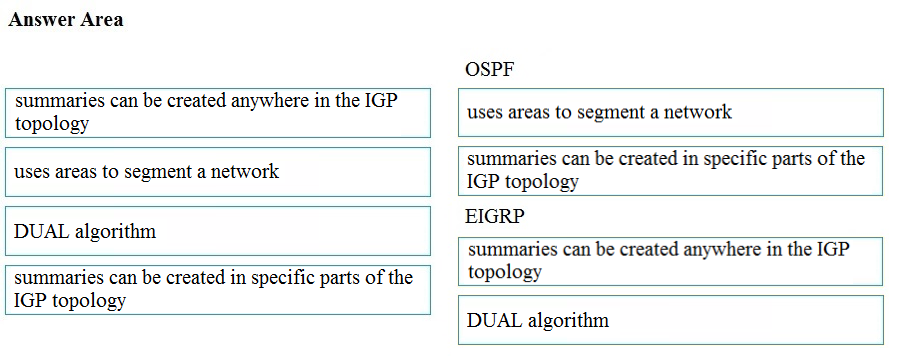
What is the purpose of an RP in PIM?
A
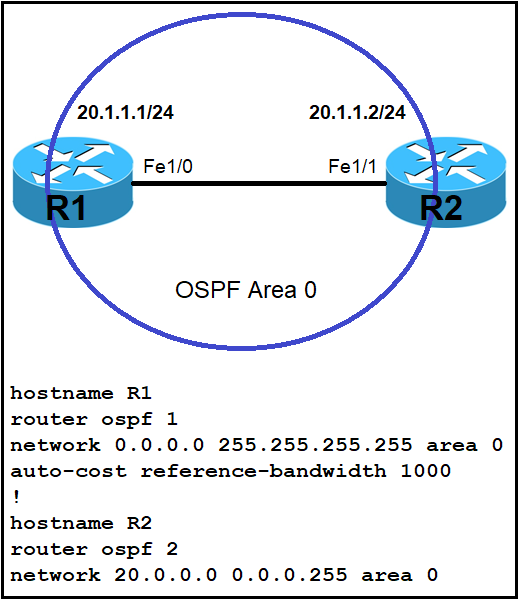
Refer to the exhibit. Which command must be applied to R2 for an OSPF neighborship to form?
B
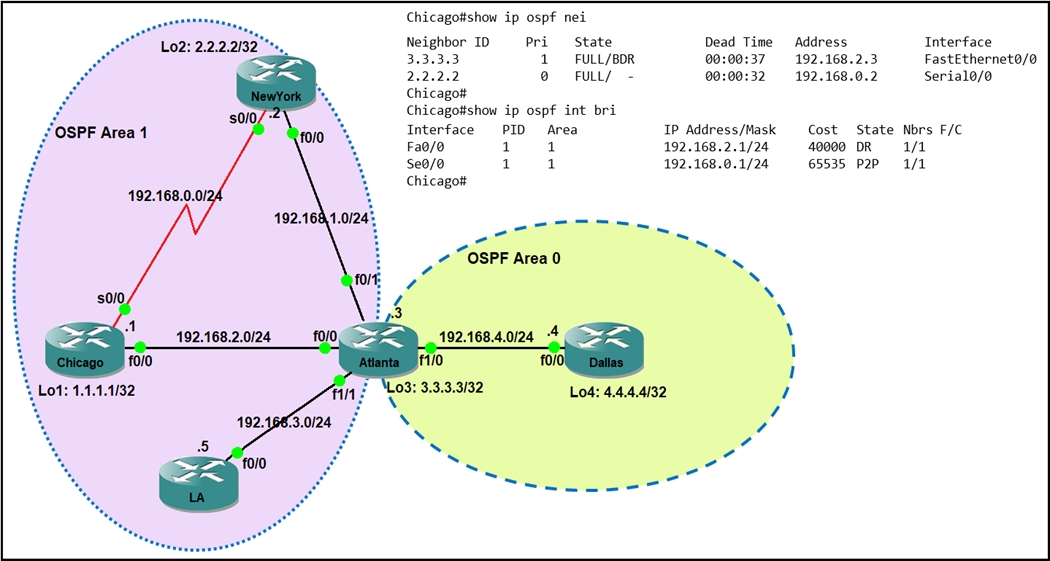
Refer to the exhibit. Which router is the designated router on the segment 192.168.0.0/24?
A

Refer to the exhibit. Which two commands are needed to allow for full reachability between AS 1000 and AS 2000? (Choose two.)
AC
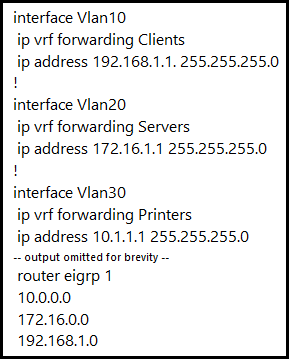
Refer to the exhibit. An engineer attempts to configure a router on a stick to route packets between Clients, Servers, and Printers; however, initial tests show that this configuration is not working. Which command set resolves this issue?
C
How does SSO work with HSRP to minimize network disruptions?
D